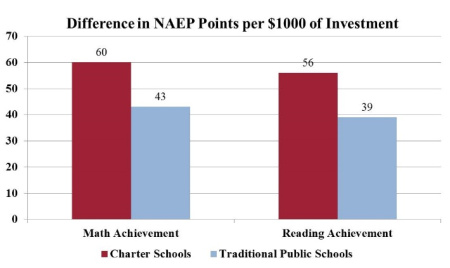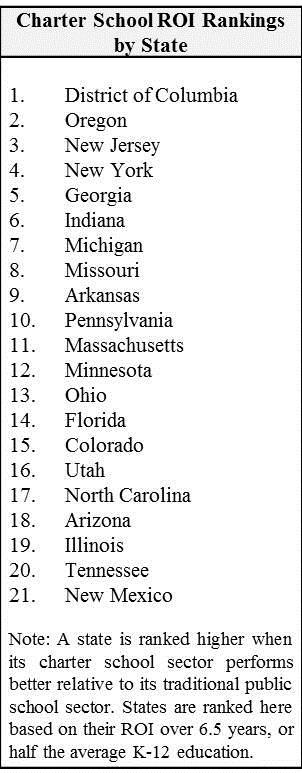“Any other team wins the World Series, good for them. They’re drinking champagne, they get a ring. But if we win, on our budget, with this team… we’ll have changed the game. And that’s what I want. I want it to mean something.” – Billy Beane, Moneyball
The cost of baseball players once was largely ignored by the media and fans. It was crude and destroyed the fun of the game, many thought, to inject hard-nosed considerations of efficiency into America’s pastime. Then came Billy Beane’s “Moneyball” and the transformation of the Oakland A’s from perennial losers to a competitive and highly efficient professional baseball team, all due to careful consideration of how much bang players delivered for the buck.
Fast forward almost 25 years to the present day. The cost of public education is largely ignored by both the media and education policymakers. Many people think it is awkward, complicated or destroys the intrinsic and infinite worth of public education to inject hard-nosed considerations of efficiency into America’s schools. Then came 2012, the first school year in history in which total U.S. government spending on public education went down. Suddenly, money has to matter in public education, because apparently there isn’t an endless supply of it.
Today my colleagues and I at the School Choice Demonstration Project at the University of Arkansas released The Productivity of Public Charter Schools. The report is the first national study of the efficiency of charter schools relative to traditional public schools, and to tie funding to student achievement. Across all 28 states in our study we found that public charter school sectors were more cost effective and/or generated a higher return on investment (ROI) than traditional public schools. Public charter schools are like the Oakland A’s of public education — and last time I checked, the A’s had the best record in baseball.
Let’s start with cost effectiveness, or the amount of output generated per unit of input. The charter school sectors in 21 states and D.C. all produce higher math and reading scores on the National Assessment of Educational Progress (NAEP) per $1,000 of per-pupil revenue than do the traditional public schools sectors in their respective states. On average across our national sample, charters put up 17 more NAEP points in math and 16 more points in reading for every Cleveland they receive, which amounts to charters being 40 percent more cost effective in math and 41 percent more cost effective in reading.
What really matters, though, is how learning translates into future economic rewards for the student and society, commonly measured as ROI. The charter sectors in 20 states and D.C. all outperform traditional public schools. The weighted average ROI advantage from charter schooling across the national sample is almost 3 percent for a single year in a charter school and 19 percent if students spend half of their K-12 education in a charter.
Skeptics might say, “Charters gain their efficiency advantage by disproportionately admitting advantaged students.” The data show this is not so. A majority of the states in our sample have charter sectors that enroll a higher percentage of low-income students than their traditional public schools peers. Although most of the charter sectors trail traditional public schools regarding the notoriously unreliable measure of special education enrollments, that gap is so small (3 percentage points) that it can’t plausibly explain the greater productivity of charters. We used carefully matched samples of charter and traditional public school students from Stanford’s CREDO National Charter School Study to ensure that differences in student characteristics were unbiased.
Then what is behind the Money-Ed success of public charter schools? Mathematically, the answer is simple. Charters nationally are producing student achievement gains that are very similar to the levels in traditional public schools but receive about 30 percent less money per pupil. Similar results at a lower cost explain the advantage for charters. We can’t say for sure that charters would retain their productivity advantage over traditional public schools if they were funded on par with district-run schools, but it sure would be interesting to see what happens under something close to funding equity. Instead of the Oakland A’s of the 2000s, playing competitively with 30 percent less payroll, equitably-funded charters might be the A’s of 2014, who look like world champions.
-Patrick Wolf




